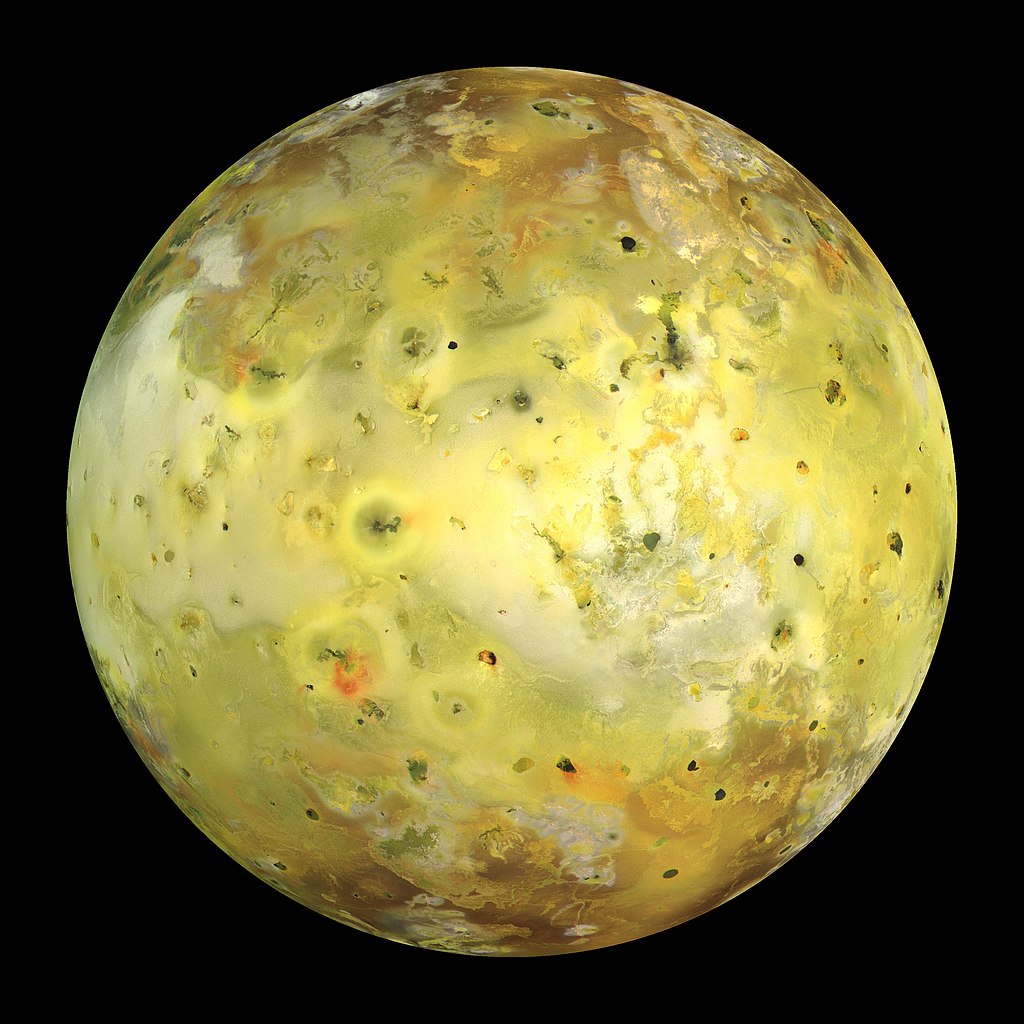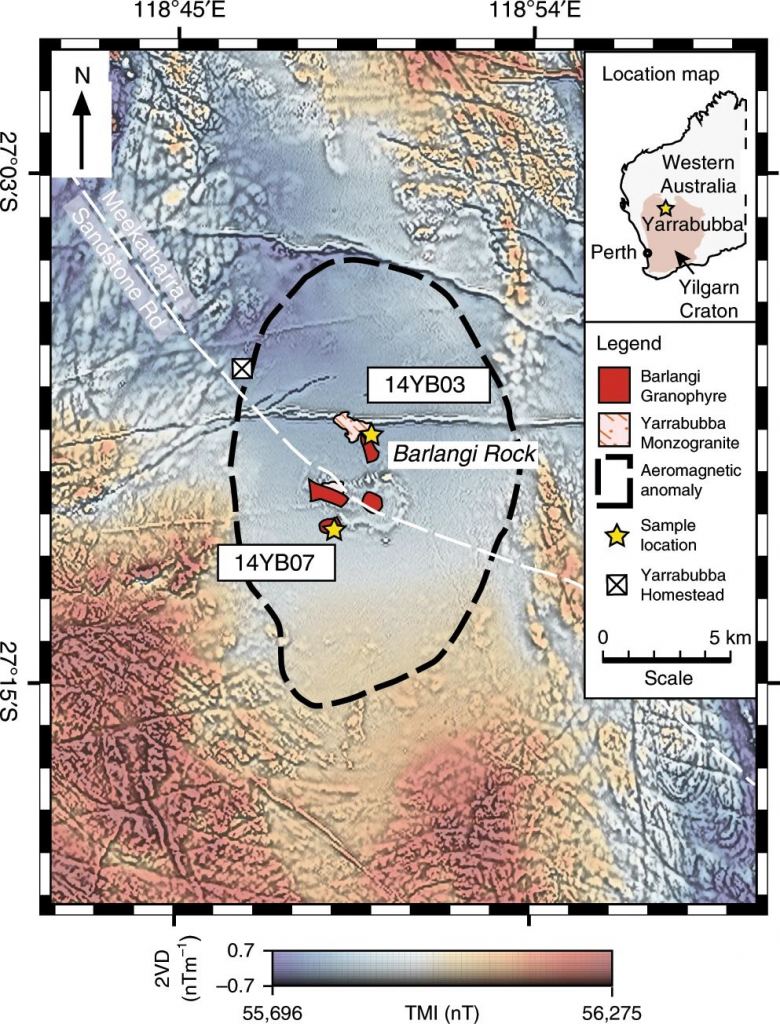In early 2012, an international research team surveying parts of southwestern Greenland announced that they had discovered the oldest impact crater ever discovered on Earth, estimated at 3.3 billion years old. Now, new research shows that the strange geological feature - known as the Maniitsoq structure - is probably the result of Earthly geological processes, rather than a meteorite impact.
The new study, published in *Earth and Planetary Science Letters* this month, re-examines some of the evidence from the initial 2012 finding. At the center of the 'crater' lies an outcrop of pulverized rocks, which the initial team interpreted as the central impact point. But these rocks turned out to be magmatic rock instead, formed from cooling lava. Furthermore, the outcrop was 40 million years younger than originally thought, and nearly identical to a similar deposit found a short distance away, outside the supposed impact zone.
The new team also re-examined deposits of the common mineral zircon found at the site. Zircon is resilient over geologically long time periods, so if it were hit by a meteorite 3.3 billion years ago, it would retain microscopic evidence of shock damage from that event. No such fractures were discovered.
The lead author of the study, Chris Yakymchuk from the University of Waterloo, was hoping his expedition might confirm the impact crater hypothesis, but it was not to be. "I try to keep an open mind about everything in science," he said, "especially until you see the rocks themselves. [But] after seeing the rocks, it was kind of 'Huh? These don't look that different from rocks I've seen elsewhere in the world.' So either we missed impact structures everywhere on Earth or this wasn't one."
Elsewhere in the Solar System, impact craters are used to determine the age of planetary surfaces. The presence or absence of craters shows how long it's been since a planet or moon was geologically active enough to resurface or pave over its craters. Io's volcanic hellscape quickly erases impact craters, for example, as does Europa's shifting and changing ice sheet.
Earth is likewise quite geologically active, which means that impact craters are erased from the surface rather quickly (geologically speaking) by plate tectonics, erosion, and volcanism. Most craters found on Earth are therefore very recent. The oldest confirmed crater (besides the now-debunked Maniitsoq structure) is the Yarrabubba crater in Western Australia, which clocks in at about 2.2 billion years old. Any of our planet's collisional history beyond that is, unfortunately, lost to time. Or, it would be, if we didn't have a conveniently geologically dead neighbor to study: our moon.
The Moon carries a record of the Solar System's past much deeper back in time than Earth does. Measurements from the Apollo missions revealed that much of the collisional history of the Moon, and therefore probably of Earth too, occurred all at once in a violent event known as the Late Heavy Bombardment, which lasted from about 4.1 billion years ago to 3.8 billion years ago. During this time, scientists believe that the giant planets migrated outwards, and gravitationally redirected objects from the Asteroid Belt and Kuiper Belt onto collision courses with the inner planets.
After the Late Heavy Bombardment, things in the inner Solar System calmed down, allowing life to thrive on Earth. The Maniitsoq crater, had it been real, would have been a rare example of an impact crater from this quiet period, around 3.3 billion years ago. Alas, it was not to be.
Julie Hollis, a member of the research team studying the Maniitsoq structure, offered a reminder last week that debunking the impact crater hypothesis for the Maniitsoq structure may be disappointing, but it's just a normal part of the scientific process. "Even though…the evidence no longer supports a giant meteorite impact, it is only the original interpretation, not science itself, that is wrong," she said. "It's a natural part of the scientific process to discard some hypotheses."
Ancient impact craters on Earth remain elusive, for now. But correctly identifying and understanding the geological history of the Maniitsoq structure serves to improve our understanding of our planet's history nonetheless.
Learn More:
- Chris Yakymchuk et al., " Stirred not shaken; critical evaluation of a proposed Archean meteorite impact in West Greenland," Earth and Planetary Science Letters.
- Julie Hollis, " The supposedly oldest impact crater on Earth isn’t a crater after all, " Massive Science.
- Paul M. Sutter, " Dust in the Chixalub Crater Makes the Compelling Case That an Asteroid Wiped out the Dinosaurs 65 Million Years ago," Universe Today.
Featured Image Credit: University of Waterloo
 Universe Today
Universe Today


